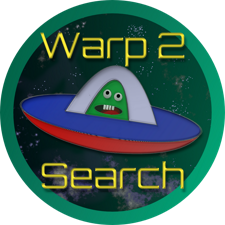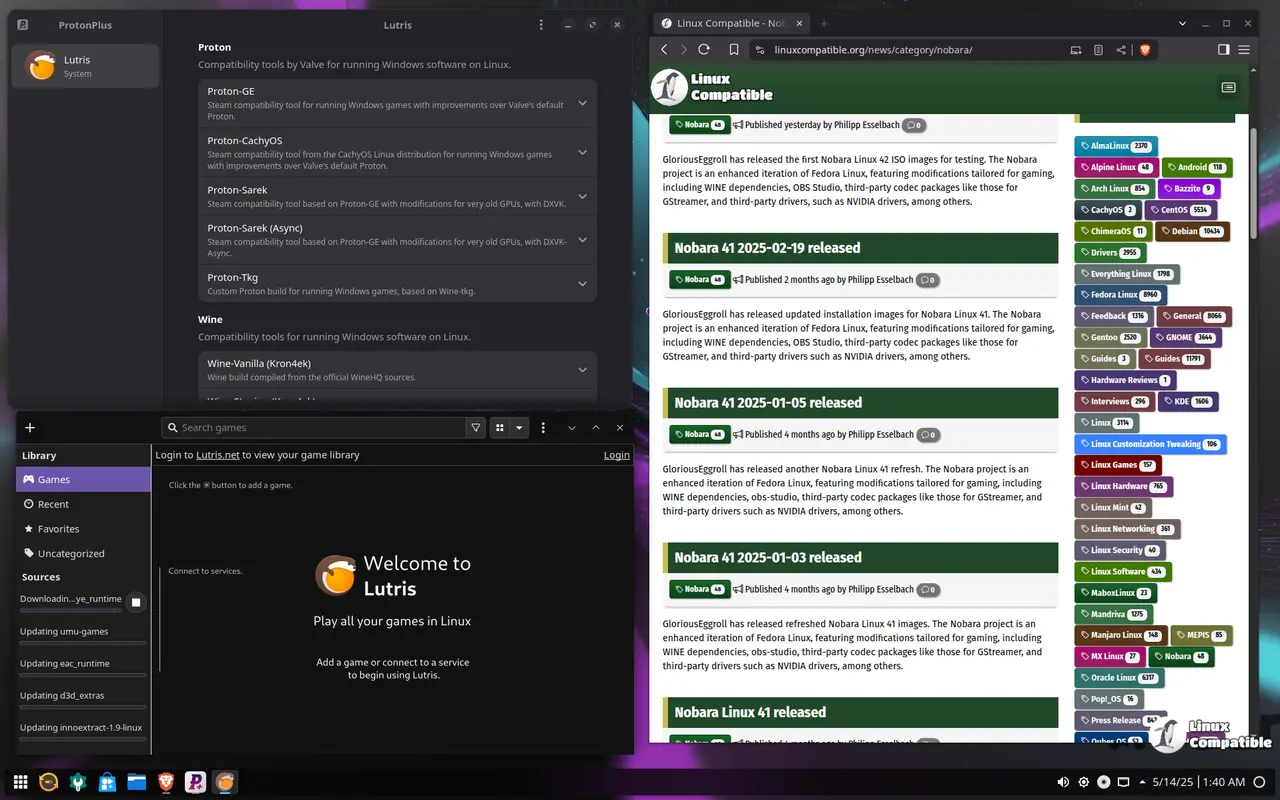The Nobara Linux project has released updated installation images for Nobara 42 on September 20, 2025, enhancing its focus on user-friendliness and gaming capabilities. Designed to assist novice users who may find accessing advanced features and gaming requirements challenging, Nobara Linux provides a seamless experience without the need for terminal commands. The project is an enhanced version of Fedora Linux 42, addressing common issues faced by new users, particularly regarding the lack of proprietary and third-party components after installation.
Nobara Linux includes several tailored versions to cater to diverse use cases. These include a custom-themed KDE interface, a clean GNOME variant, a traditional KDE setup, and specialized editions such as the Steam-HTPC version for home theater PCs and the Steam-Handheld edition for portable devices. These versions are optimized for gaming and multimedia applications, ensuring users can enjoy a rich experience right out of the box.
Importantly, Nobara Linux operates independently from Fedora, despite utilizing its packages and repositories. This distinction establishes Nobara Linux as a unique distribution, emphasizing its commitment to enhancing usability for both casual users and power users.
For those interested in trying out Nobara Linux, the latest ISO images can be downloaded from the project's dedicated page. Additionally, the Nobara Project Wiki is an excellent resource for installation guidance, tips, and troubleshooting advice, ensuring a smooth setup process for both newcomers and experienced users alike.
To extend this information, it would be beneficial to highlight the community support surrounding Nobara Linux. Engaging forums and active user communities can provide further assistance and foster collaboration among users. The project could also consider regular updates and feature enhancements based on user feedback, ensuring that Nobara Linux continues to evolve and meet the needs of its users. Moreover, promoting tutorials, workshops, or webinars could help demystify Linux for new users, making the transition from other operating systems smoother and more enjoyable
Nobara Linux includes several tailored versions to cater to diverse use cases. These include a custom-themed KDE interface, a clean GNOME variant, a traditional KDE setup, and specialized editions such as the Steam-HTPC version for home theater PCs and the Steam-Handheld edition for portable devices. These versions are optimized for gaming and multimedia applications, ensuring users can enjoy a rich experience right out of the box.
Importantly, Nobara Linux operates independently from Fedora, despite utilizing its packages and repositories. This distinction establishes Nobara Linux as a unique distribution, emphasizing its commitment to enhancing usability for both casual users and power users.
For those interested in trying out Nobara Linux, the latest ISO images can be downloaded from the project's dedicated page. Additionally, the Nobara Project Wiki is an excellent resource for installation guidance, tips, and troubleshooting advice, ensuring a smooth setup process for both newcomers and experienced users alike.
To extend this information, it would be beneficial to highlight the community support surrounding Nobara Linux. Engaging forums and active user communities can provide further assistance and foster collaboration among users. The project could also consider regular updates and feature enhancements based on user feedback, ensuring that Nobara Linux continues to evolve and meet the needs of its users. Moreover, promoting tutorials, workshops, or webinars could help demystify Linux for new users, making the transition from other operating systems smoother and more enjoyable
Nobara 42 2025-09-20 released
The Nobara Linux project has released updated Nobara 42 installation images. The project aims to bridge the gap for novice users who struggle with accessing advanced features and gaming-related requirements such as WINE dependencies and proprietary drivers without terminal usage. Nobara Linux offers various versions tailored to specific use cases, including a clean GNOME variant, a clean KDE option, a Steam-HTPC edition, and a Steam-Handheld variant optimized for home theater PCs and handheld devices.


